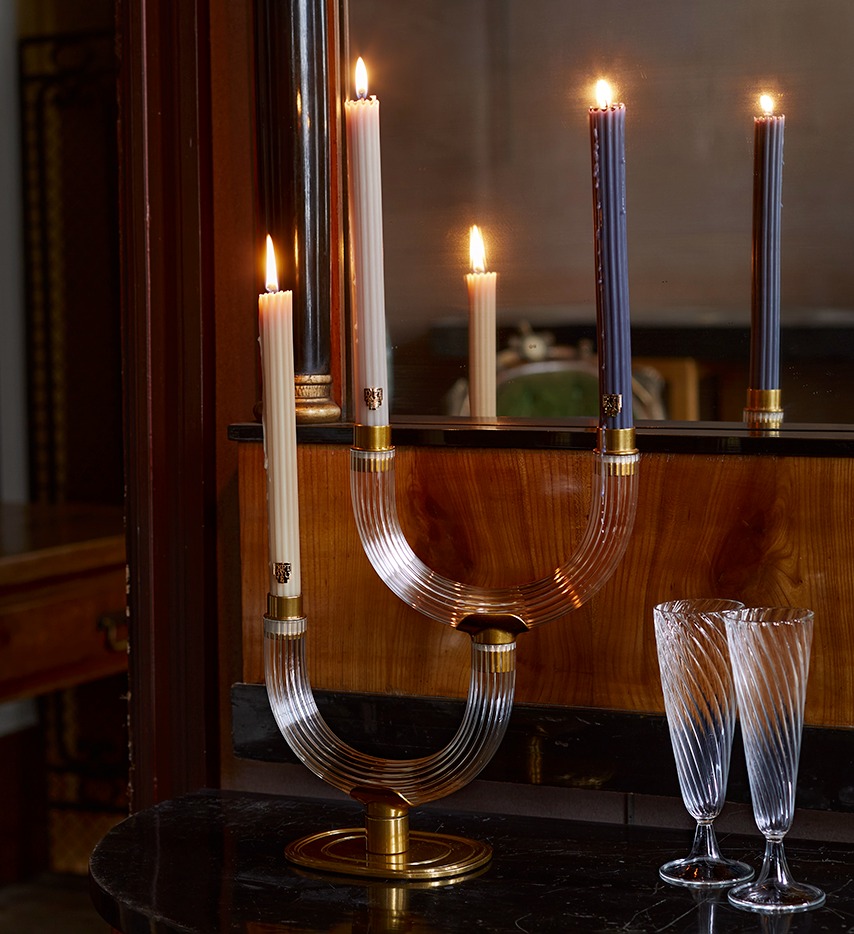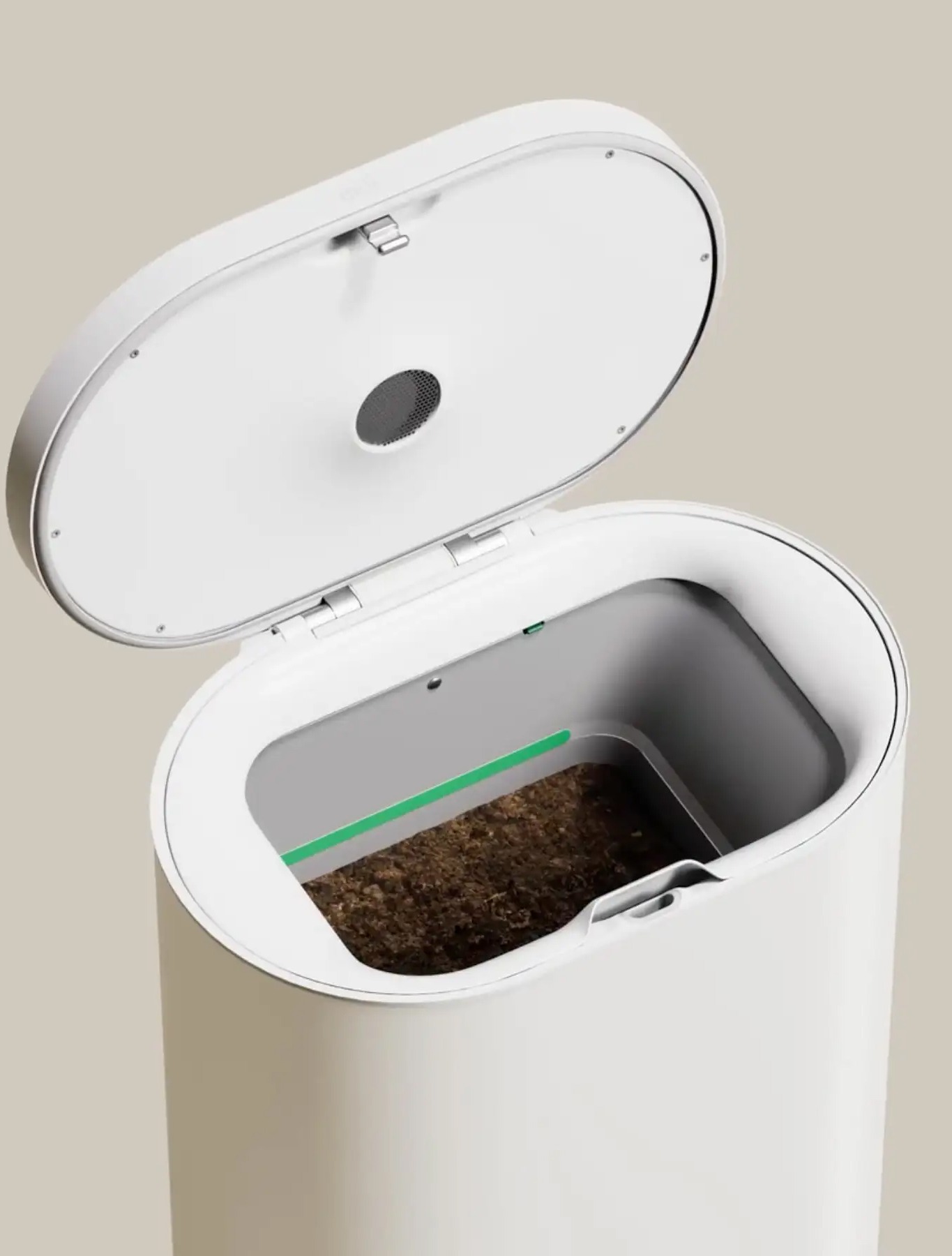17 : 02 : 23 : Weekly Debrief
This week: MSCHF's big red boots, trad-luxe homeware with Diptyque, EVs getting more screentime, the future of food waste and TikTok usage on the rise.
1. MSCHF’s viral big red boots take phygital fashion a step further
US – MSCHF, the Brooklyn-based art collective known for its short-lived viral drops, is bringing cartoonish fashion into reality with the launch of its first pair of boots.
Based on the vibrant red shoes worn by Manga character Astro Boy, the label’s over-the-top and extra smooth design is made from a TPU (thermoplastic polyurethane) shell and is set to retail for £288 ($350, €326).
The shoes may be available from 16 February, but the’ve already divided opinion and won internet virality, from an extensive social media roll-out to a campaign starring NBA player Shai Gilgeous-Alexander, and footage showing the struggle of taking the boots on and off.
Making human-size versions of cartoonish shoes is not new, but MSCHF is taking it further, making boots that ‘free us from the constraints of reality’, according to its press release.
In In-Game Fashion, we highlighted how the synergy between fashion and gaming is growing as designers and brands produce garments for wearing in-game and in real life. In just a few days, MSCHF has raised interest in items bringing digital fashion (and cartoon nostalgia) into reality – catering for a Gen Z who experience life across both realms.
2. Diptyque's Simple Objects collection taps into trad-luxe homewares trend
France – Luxury fragrance brand Diptyque has collaborated with designers, artists and craftsmen on a homewares collection that taps into a growing trad-luxe direction.
The Simple Objects range was created with the materials the brand uses to make its candles: wood, wax, ceramics and glass. Items including candleholders and elaborate matchholders are mostly oval-shaped in reference to Diptyque’s iconic logo. ‘Although simple in shape and conception, the candle calls for some serious savoir-faire,’ says Diptyque.
The pieces are intended to be displayed throughout the home, from table spaces to mantlepieces. We’ve recently seen in Topline Tableware how luxury tableware is rising in popularity among younger consumers. Home is a place for expression and they look for pieces that feel unique enough to elevate their everyday moments – and embed reassuring rituals.
 Simple Objects by Diptyque in collaboration with Sam Baron, France
Simple Objects by Diptyque in collaboration with Sam Baron, France
3. Netflix partners with General Motors to give EVs more screen time
US – Netflix is ramping up its commitment to sustainability by joining General Motors’ Everybody In initiative and pledging to increase the presence of electric vehicles (EVs) in its tv shows and films. The car company launched its campaign in 2021 in order to pioneer an all-electric future for the automotive industry – inviting brands and businesses across all industries to join its movement.
As part of its pledge, Netflix will instruct its creators to incorporate EVs into their stories, with General Motors’ EVs already set to appear in leading productions like Love is Blind, Queer Eye, and Ustable over the next year.
The brands kicked off their partnership with an advert starring Will Ferrell broadcast during the Super Bowl final. It featured the actor comically entering the world of popular Netflix shows in GM EVs, including Squid Game to show viewers where the initiative would make sense, and Bridgerton to reassure Netflix watchers that they won’t be including the cars where they don’t naturally fit.
In Neo-collectivists, we’ve observed that community and cooperation are increasingly important resources for consumers in building engaged and ecologically healthy futures. This partnership by industry leaders illustrates the sharing, caring and collaborating they seek to be motivated by.
 Mill, US
Mill, US
4. Mill: the kitchen bin dehydrating food waste for the greater good
US – Kitchen appliances will soon include a food waste dehydrator bin, according to start-up Mill. Born at the start of the pandemic when co-founders Matt Rogers and Harry Tannenbaum found themselves 'stuck at home staring at and smelling our own trash', Mill aims to turn uneaten food into a soil-like chicken feed ingredient for local farmers.
The bin will dry, shrink and eliminate all smells from the daily food waste overnight. Unlike compost, which would require open space, Mill is just a bin requiring no attention. The project aims to prevent banana peels or leftover pasta from ending up in a landfill and releasing methane (one of the most potent greenhouse gases). According to IPCC, global food loss and waste account for 8–10% of global emissions – more than India’s and Russia’s yearly greenhouse gas emissions.
Only available in the US for now, Mill offers a monthly membership fee of £27 ($33, €31) that includes the bin, a seamless mail-back service delivering the dehydrated waste to local farms and personalised impact tracking.
In Food Waste Innovation, we looked at new initiatives taking a proactive approach to food waste management. Mill is already re-imagining tomorrow’s homes with a new seamless kitchen appliance dedicated to sustainability.
5. Stat: TikTok usage hints at new opportunities for entertainment-first strategies
UK – Britons spent over 27 hours per month watching TikTok on average in 2022, according to a new report published by We Are Social and Meltwater. Compared to YouTube, Facebook, WhatsApp and Instagram, which have all seen the time spent by their users decrease year on year, TikTok’s usage has remained steady. The China-born business was also the UK’s most-downloaded mobile app in 2022.
The report highlights how users’ primary reasons for adopting social media are changing, with filling spare time (37%) now the second reason behind keeping in touch with friends and family (53%), followed by reading news stories (27%).
TikTok’s ability to entertain and retain an audience for 27 hours per month on average shows that entertainment should be at the top of the list of any content and ad strategy. Official figures from the company even revealed that on-platform ads now reach more than a billion users over the age of 18 globally.
Anti-provocation Platforms which put users’ cravings for genuine entertainment and authenticity first will keep challenging traditional social media spaces, especially those initially created to connect people. ‘Brands need to make sure they understand the behaviours of online communities – wherever they are gathered – so that they can speak to them in a relevant and effective way,’ said Jim Coleman, We Are Social’s UK CEO, in a statement.
To future-proof your world, visit The Future Laboratory's forecasting platform LS:N Global for daily news, opinions, trends, sector specific insights, and strategic toolkits.
Want to read more?
Become a member today!
Sign up to one of our trends intelligence platform, LS:N Global and get unlimited access to a hive of insights - from microtrends and macro trends to market reports, daily news, research across eight industry sectors and much more.
Discover our memberships
Already a member? Click here to login
